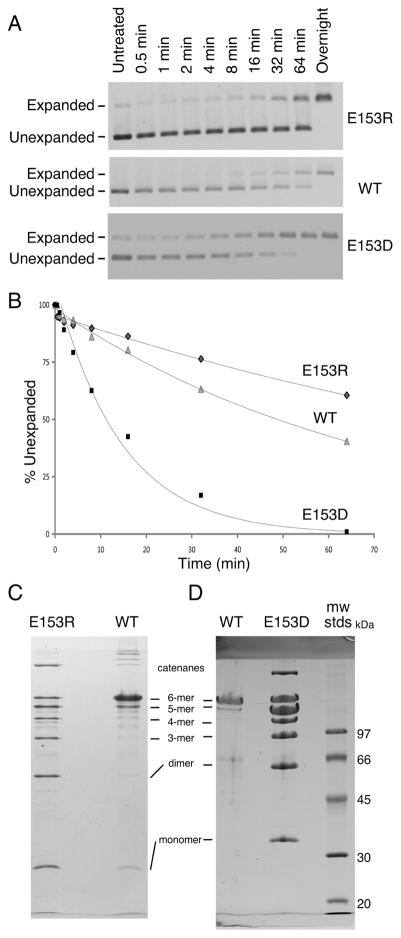Figure 7. E153R and E153D proheads have different expansion properties than wild type.
Expansion of E153R, E153D and wild-type proheads was induced by low pH treatment [12, 21]. A. Samples were neutralized at the indicated times and run on an agarose gel at the experiment’s end. Note the larger gap between expanded and unexpanded particles for E153R than for wild type. B. Expansion graphed relative to the amount of prohead present at the beginning. C. and D. Expansion was induced using dimethyl formamide (DMF) [12]. DMF treatment induced wild-type proheads to expand fully and the resulting crosslinks prevented most of the major capsid protein from entering the gel, so only small amounts of hexamers and pentamers appeared in the wild-type samples in panels C and D. Neither E153R proheads (C) nor E153D proheads (D) crosslinking fully, but instead make a ladder of crosslinked bands that resemble those seen for partially expanded HK97 particles [13, 15].

